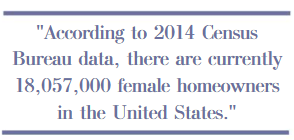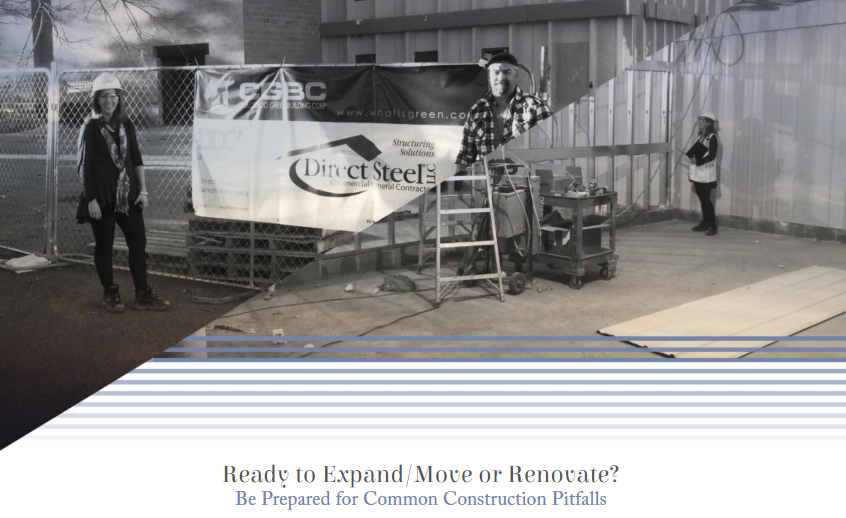Globally, women are finally entering into boardrooms without having to knock, and they are not just there to serve the coffee. We are managing businesses, large or small, employing multiple solutions without trepidation, and jack hammering every glass ceiling in our way, or at least taking a shot at it. We are standing up for our truths, flaunting our power suits, high heels and unique personalities without apology. In 2015, according to the National Architectural Accrediting Board (NAAB), 44 percent of the graduates in its accredited college program were women. The 2016 National Association of Realtors (NAR) Member Profile reveals that women comprise 62 percent of Realtors in the U.S. market, 21 percent also hold broker licenses and 16 percent hold broker associate licenses. Additionally, women in real estate are no longer limited to salesperson roles, but are builders, welders, roofers, plumbers and environmental assessment experts. It is important to explore just how difficult the journey has been, and to celebrate the fact that we continue to face our challenges head on, impacting our industry sectors positively just by taking up and owning our spots.

At birth, three words determined your life for the foreseeable future—“It’s a girl”—and your journey began. Do you get an education? Do you attend the same schools, participate in the same activities and take the same classes as the male siblings in your family, or do your parents provide you with less, expecting you to grow into a docile young woman who should be seen and not heard? Hopefully the former applied in your case, and off to school you went, pink backpack, pretty dress and all, and life as you knew it changed forever.
According to a study conducted by the Harvard Graduate School of Education’s Making Caring Common Project, the “glass ceiling” concept is identified as early as middle school, with girls being
multiple times less likely to gain acceptance into leadership
positions, even by other girls in their grade. One of their most surprising findings was that 23 percent of girls preferred a male student in leadership, and only 8 percent preferred a female leader. Conversely, male students were 40 percent more likely to prefer a male leader, and only 4 percent were more likely to prefer a female.
Continue reading

 Login
Login





















